Secure Checkout. FREE SHIPPING for Continental U.S. Orders over $60.
Menu
-
- Home
-
About Us
-
The Approach
-
Linking Language & Literacy
-
MindWing Learning
-
Learning Resources
-
SHOP
-
Blog
-
- About MindWing
- Our People
- Contact Us
- Your Account
- Login
-
United States (USD $)
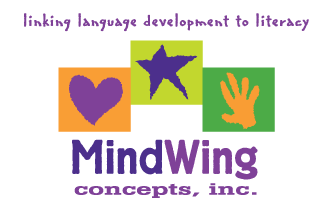
Secure Checkout. FREE SHIPPING for Continental U.S. Orders over $60.

Tech Tuesday: Chapter Books and Stickwriting, a Complementary Visual Strategy
May 17, 2016
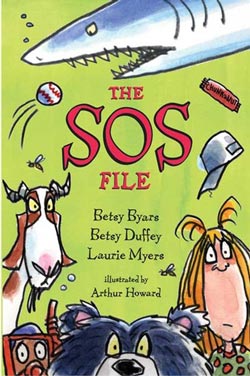 Using chapter books, which provide richer and yet more difficult narratives older students must tackle, has been a focus of the MindWing Blog this school year. In several of my posts, I have discussed tech-related avenues to getting the context of chapter books your students may be reading in class (to serve as topics for narrative intervention activities with SGM®), as well as apps that can visually represent the Critical Thinking Triangle®, a great support to review the narrative gist of chapters within a book. In this post, we are going to take a look at a great chapter book to use along with SGM®, The SOS File by Betsy Byars, Betsy Duffy, and Laurie Myers, along with a strategy that aligns with narrative intervention, Stickwriting, or representing narrative elements through quick sketches...
Using chapter books, which provide richer and yet more difficult narratives older students must tackle, has been a focus of the MindWing Blog this school year. In several of my posts, I have discussed tech-related avenues to getting the context of chapter books your students may be reading in class (to serve as topics for narrative intervention activities with SGM®), as well as apps that can visually represent the Critical Thinking Triangle®, a great support to review the narrative gist of chapters within a book. In this post, we are going to take a look at a great chapter book to use along with SGM®, The SOS File by Betsy Byars, Betsy Duffy, and Laurie Myers, along with a strategy that aligns with narrative intervention, Stickwriting, or representing narrative elements through quick sketches...

Collaboration in the Classroom with Story Grammar Marker® & Big Al
May 06, 2016
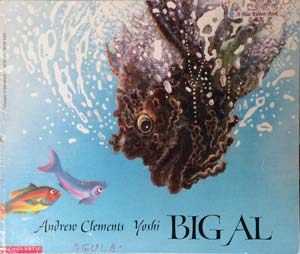
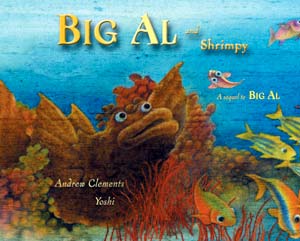 Big Al, written by Andrew Clements and illustrated by Yoshi, was always one of my key books when working collaboratively with teachers as we implemented the SGM in classroom settings. There was so much to do with this picture book including mapping the story out as a Complete Episode using the SGM® map, retelling the story with partners, doing a written retelling using the completed map, working on character description using the SGM® Character Map, sequencing of events in the story, and using sequence words for story cohesion. Students and teachers alike were delighted to learn that Clements and Yoshi had teamed up in 2002 for another book featuring Big Al…Big Al and Shrimpy. Both stories begin with the same wording which created a natural segue to compare/contrast activities...
Big Al, written by Andrew Clements and illustrated by Yoshi, was always one of my key books when working collaboratively with teachers as we implemented the SGM in classroom settings. There was so much to do with this picture book including mapping the story out as a Complete Episode using the SGM® map, retelling the story with partners, doing a written retelling using the completed map, working on character description using the SGM® Character Map, sequencing of events in the story, and using sequence words for story cohesion. Students and teachers alike were delighted to learn that Clements and Yoshi had teamed up in 2002 for another book featuring Big Al…Big Al and Shrimpy. Both stories begin with the same wording which created a natural segue to compare/contrast activities...

Five Favorite Books and Downloadable for Earth Day
April 20, 2016
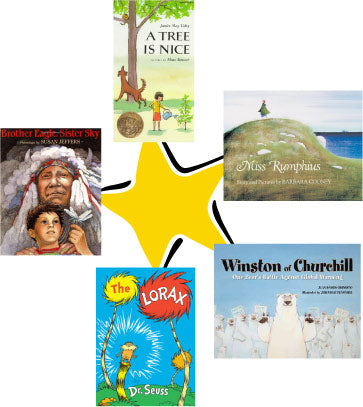 Earth Day is Friday, April 22, 2016! We have chosen five of our favorite book titles for this day to share with you. Clicking on any of the titles will take you to a description found on Amazon.
Earth Day is Friday, April 22, 2016! We have chosen five of our favorite book titles for this day to share with you. Clicking on any of the titles will take you to a description found on Amazon.
Also, please enjoy this Free Downloadable for your students to use to reinforce the SGM® Setting icon and Earth Day!
Create a bulletin board of ideas entitled… The Setting, Our Earth is Ours to Care For!...

Tech Tuesday: Tech Tie-Ins to Autism Awareness Month
April 19, 2016 1 Comment
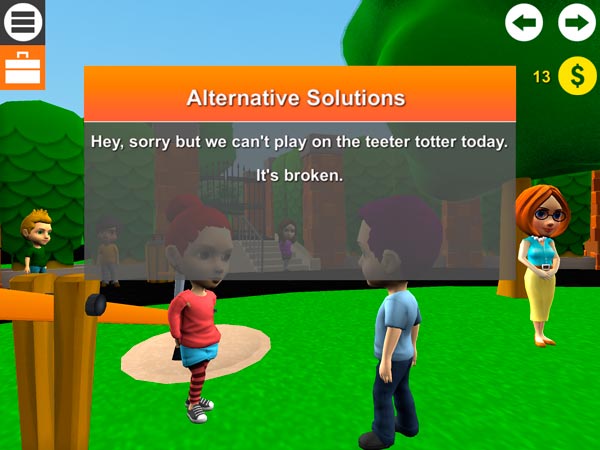
For this month’s Technology Tuesday, I wanted to spin off of the previous post and mention new resources relating to the themes of a few of these posts from the MindWing archives. So here is some commentary and additional tools relating to four of our back catalog of posts relating to language learning in the population of students with autism spectrum and related disorders. Aligning SGM® with The Zones of Regulation, and Tech-Tie-Ins! This post described the key connections between Story Grammar Marker® and Leah Kuypers’ wonderful and extremely useful Zones of Regulation curriculum. In the post, resources such as Pic Collage were mentioned for making visuals elaborating on emotional vocabulary associate with each Zone, and YouTube Kids for locating video scenes to assist students in identifying Zones and “Triggers” (essentially Kick-Offs) in others...

Additional Activities for “The River”
April 12, 2016
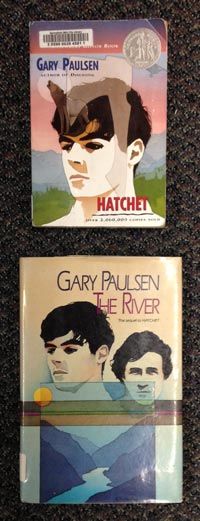 For those of you who own a copy of the ThemeMaker Teachers' Manual, you know that one of the novels featured is The River by Gary Paulsen. This novel is a sequel to Hatchet. The River is an excellent book for exploring character development. I recently came across my folder for The River and thought I would share a few additional activities with you before putting it away. One of our sixth grade teachers, Donna Mulligan and I collaborated to present this reading adventure to our students. Six students in her class were on educational plans for reading, two for decoding and comprehension, the others for comprehension skills only. Since all the students had knowledge of and had used the SGM® for several years, it provided the needed scaffolding to support students within the classroom. This also made it easier for flexible groupings of students as the SGM® was so familiar to all and a common language was already established among all participants...
For those of you who own a copy of the ThemeMaker Teachers' Manual, you know that one of the novels featured is The River by Gary Paulsen. This novel is a sequel to Hatchet. The River is an excellent book for exploring character development. I recently came across my folder for The River and thought I would share a few additional activities with you before putting it away. One of our sixth grade teachers, Donna Mulligan and I collaborated to present this reading adventure to our students. Six students in her class were on educational plans for reading, two for decoding and comprehension, the others for comprehension skills only. Since all the students had knowledge of and had used the SGM® for several years, it provided the needed scaffolding to support students within the classroom. This also made it easier for flexible groupings of students as the SGM® was so familiar to all and a common language was already established among all participants...

Kindergarten and First Grade Setting: Bear Feels Scared
April 08, 2016
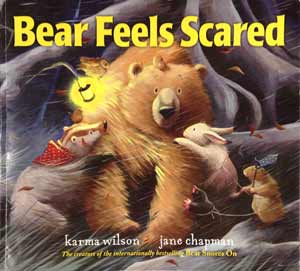 Another story that I frequently used in kindergarten and first grade for development of the concept of the Setting was Bear Feels Scared by Karma Wilson. As always, read the book for enjoyment with the children. Then, choose any of the following ideas and modify them to meet the needs of your students. 1. Elicit words from the students to describe the setting of the woods. The text and illustrations will give plenty of ideas. Use the SGM Magnets as shown at right, creating an expository list map. 2. A simple project—easy for you to create—to further form this connection between the SGM icon and “Setting” term is shown below. Students may copy words from the list or you might want to have them written out for them, depending on the child(ren). The star icon is found on page 140 of the Braidy the StoryBraid manual...
Another story that I frequently used in kindergarten and first grade for development of the concept of the Setting was Bear Feels Scared by Karma Wilson. As always, read the book for enjoyment with the children. Then, choose any of the following ideas and modify them to meet the needs of your students. 1. Elicit words from the students to describe the setting of the woods. The text and illustrations will give plenty of ideas. Use the SGM Magnets as shown at right, creating an expository list map. 2. A simple project—easy for you to create—to further form this connection between the SGM icon and “Setting” term is shown below. Students may copy words from the list or you might want to have them written out for them, depending on the child(ren). The star icon is found on page 140 of the Braidy the StoryBraid manual...
